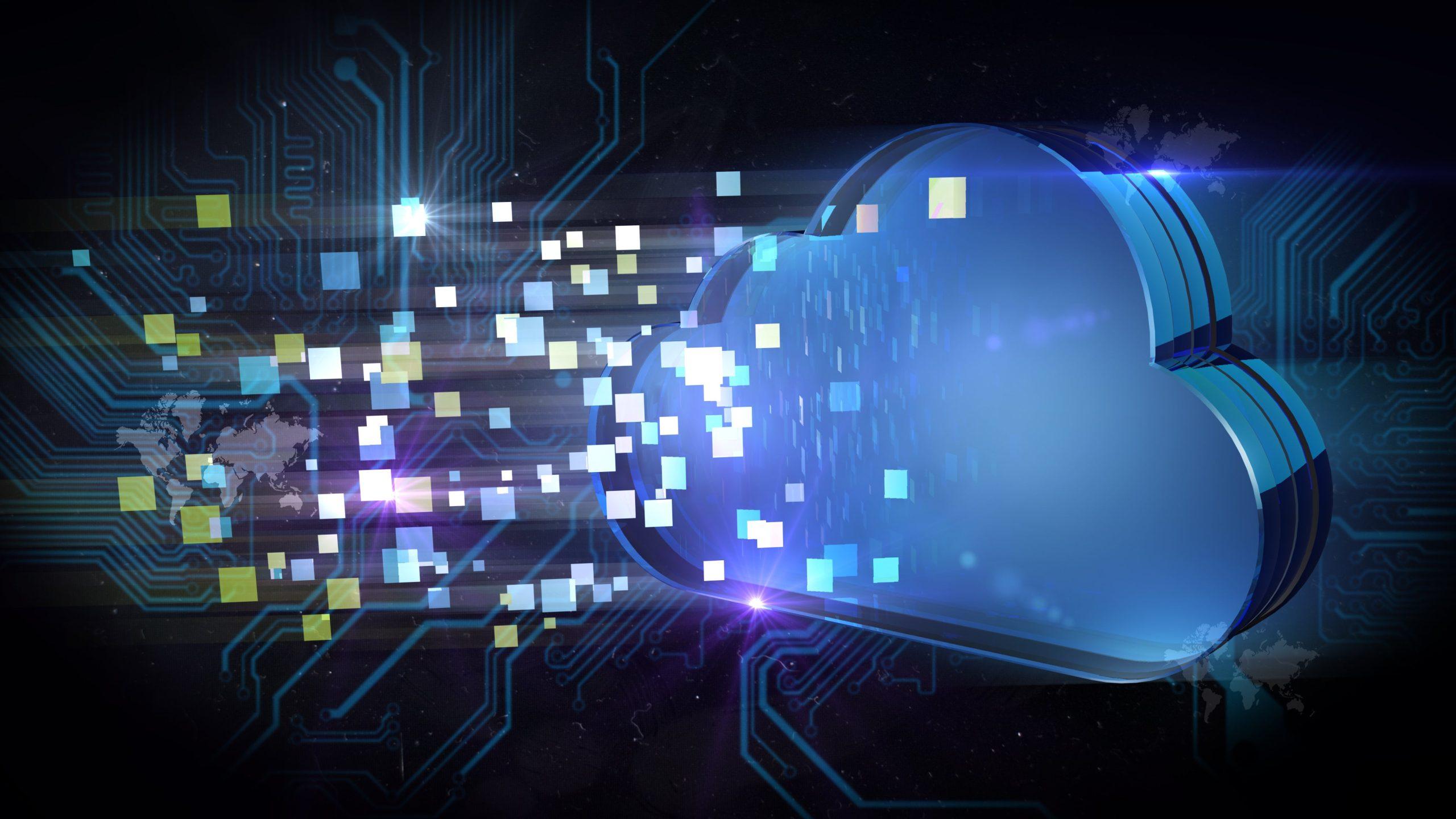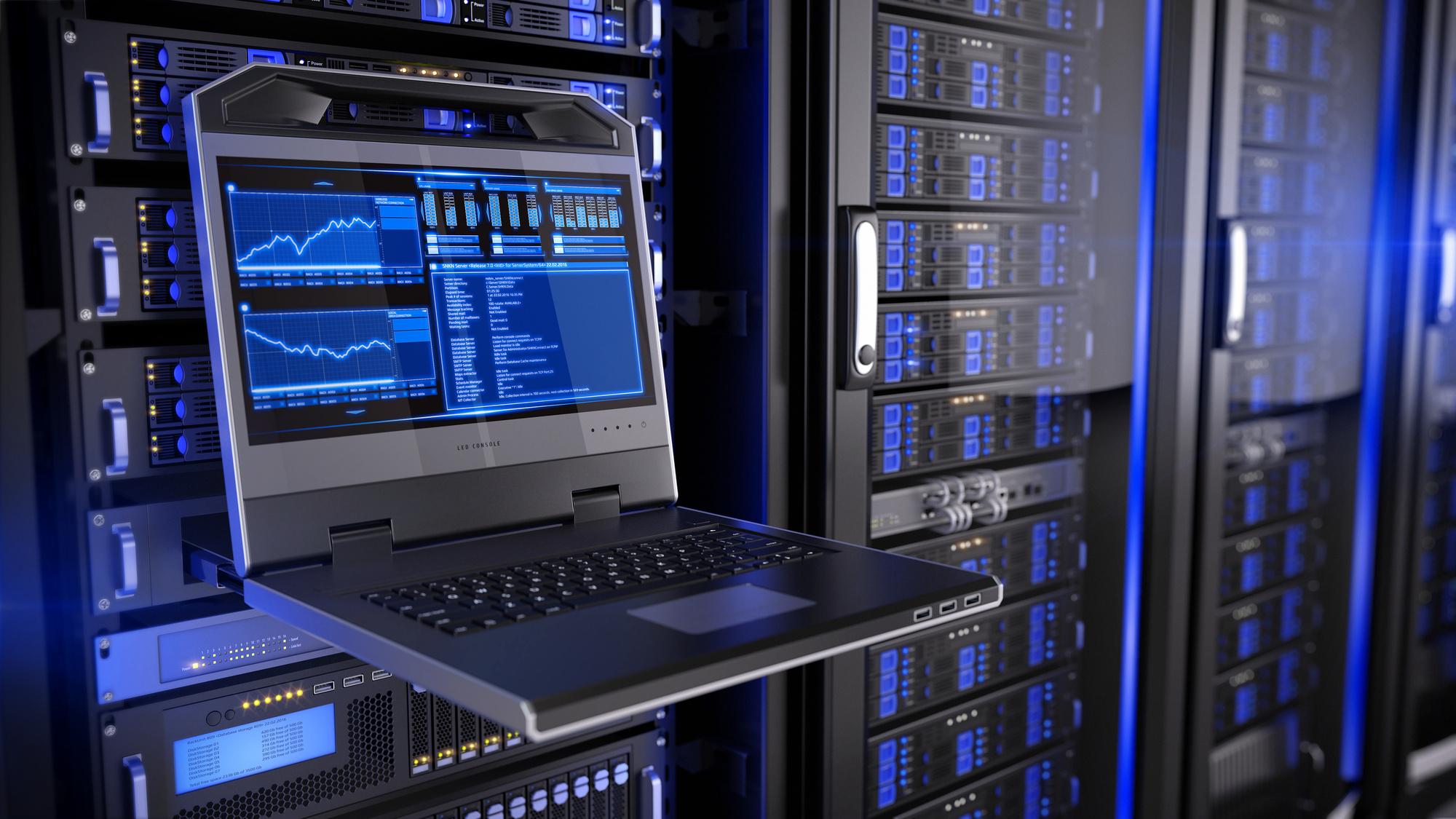There is a paradigm shift happening in the realm of technology. Edge computing is posing a threat to cloud computing, which was previously the unchallenged champion. Edge AI opens up new possibilities for developers by bringing intelligence closer to the source through this decentralized approach to data processing.
In an ideal world, there would be little latency and less reliance on centralized servers. For example, traffic lights would respond instantly to traffic jams, wind turbines would adjust their output based on local wind patterns, and factory robots would adjust to shifting production lines. That is how edge computing and edge AI power are used.
This book delves deeply into edge AI and gives you the skills and useful advice you need to realize its full potential.
Comprehending Edge Computing and Edge AI
Edge computing is the process of handling data at or close to the location where it is generated, which could include sensors, cameras, or other Internet of Things devices. This method keeps critical data local, decreases latency, and uses less bandwidth while improving privacy.
Edge AI integrates artificial intelligence with edge computing concepts to allow edge devices to make complicated decisions and analyze data without depending on centralized cloud infrastructure.
Benefits of Edge AI
1. Decreased latency
A cloud solution reduces the amount of time it takes for data to move to and from the server. Through local data processing, Edge AI removes this latency, allowing for real-time decision-making that is essential for applications such as industrial automation or driverless vehicles.
2. Enhancement in Bandwidth Efficiency
Not every piece of data must be transferred to the cloud. The use of Edge AI considerably lessens bandwidth consumption by enabling local processing of non-critical data. Assume that a million intelligent sensors are gathering data; edge artificial intelligence keeps them from overloading the cloud.
3. Offline Functionality
Edge AI enables devices to operate even when they are not linked to the internet. In cases where internet connectivity is unstable or at faraway places, this guarantees continuous operation.
Practical Guide for Developers
Are you eager to embrace the edge AI revolution? Here is a useful road map to get you going:
1. Describe the Issue and Its Use
Identify the problem that your edge AI solution will solve before you start writing code. Which information will be gathered? Which choices must be made? Is it predictive maintenance, anomaly detection, or picture recognition? Choosing the best strategy requires having a thorough understanding of the application landscape.
2. Selecting the Proper Hardware
A smartphone, a drone, or a manufacturing robot might all be considered the edge. Every gadget has unique resource constraints and processing power. Take into account aspects such as form factor and power consumption when choosing hardware that supports the AI model of your choice. Popular choices for developing edge AI are as follows:
- Single-board computers (SBCs): Small and inexpensive, SBCs strike a reasonable compromise between price and processing power. Examples of SBCs are Raspberry Pi.
- Field-Programmable Gate Arrays (FPGAs): These specialized hardware circuits provide great performance for intricate artificial intelligence models.
- Application-Specific Integrated Circuits (ASICs): For high-volume deployments, these specially-made chips offer the best efficiency and performance.
3. Pick an AI Model
Artificial intelligence models come in a wide variety, each having advantages and disadvantages. Aspects such as resource limitations, accuracy requirements, and model complexity should be considered. Choices that are often made for edge AI.
- For computer vision and image recognition applications, convolutional neural networks (CNNs) are excellent.
- For sequential data, such as voice or time-series analysis, recurrent neural networks (RNNs) are a good choice.
- Decision Trees: Perfect for rule-based decision-making at the edge, they are simple to understand.
4. Selection of Framework
Several frameworks make it easier to create and implement AI models for edge devices. Popular choices include:
- TensorFlow Lite: A condensed and embedded device-optimized variant of the well-known TensorFlow framework.
- Apple’s infrastructure for integrating machine learning models on iOS devices is called Core ML.
- Keras: It is a high-level application programming interface that makes model development easier and works with a variety of backends, including TensorFlow Lite.
- Edge Impulse is a cloud-based platform made especially for creating and implementing machine learning models on edge devices.
5. Training and Optimizing Models
Utilizing the framework of your choice and an appropriate dataset, train your AI model. Recall that the resources of edge devices are finite. Make the most of your model’s size and effectiveness while preserving a respectable level of accuracy. Performance may be maintained while drastically reducing model size with methods like quantization and trimming.
6. Create the Edge Program
This is the stage where you merge your learned model with the chosen hardware platform. The application logic should handle data collection, preprocessing, inference (running the model on new data), and decision-making based on the results.
To make this process easier, think about employing libraries and tools that are unique to the hardware platform you have chosen.
7. Testing and Implementation
Use actual data and scenarios to thoroughly test your edge AI application. Check to see if it performs as anticipated, satisfies accuracy specifications, and uses limited resources. Utilize the edge devices to launch your application at last. Installation by hand, updates via the air, or containerization tools like Docker might all be part of this.
8. Monitoring and Safety
While working with edge devices, security is crucial. Assure the integrity of data and models by putting strong security measures in place to guard against illegal access. Keep an eye on your deployed application’s performance as well to spot any problems or areas that could use further polish.
In Conclusion: The Future is in Jeopardy
Edge AI can completely transform several industries. The possibilities are boundless, ranging from driverless cars and smart cities to customized healthcare and predictive maintenance in manufacturing facilities.
Recall that the field of edge AI is developing quickly. To create cutting-edge edge AI solutions that push the envelope of what’s feasible, and keep up with the most recent developments in hardware, frameworks, and AI algorithms.






